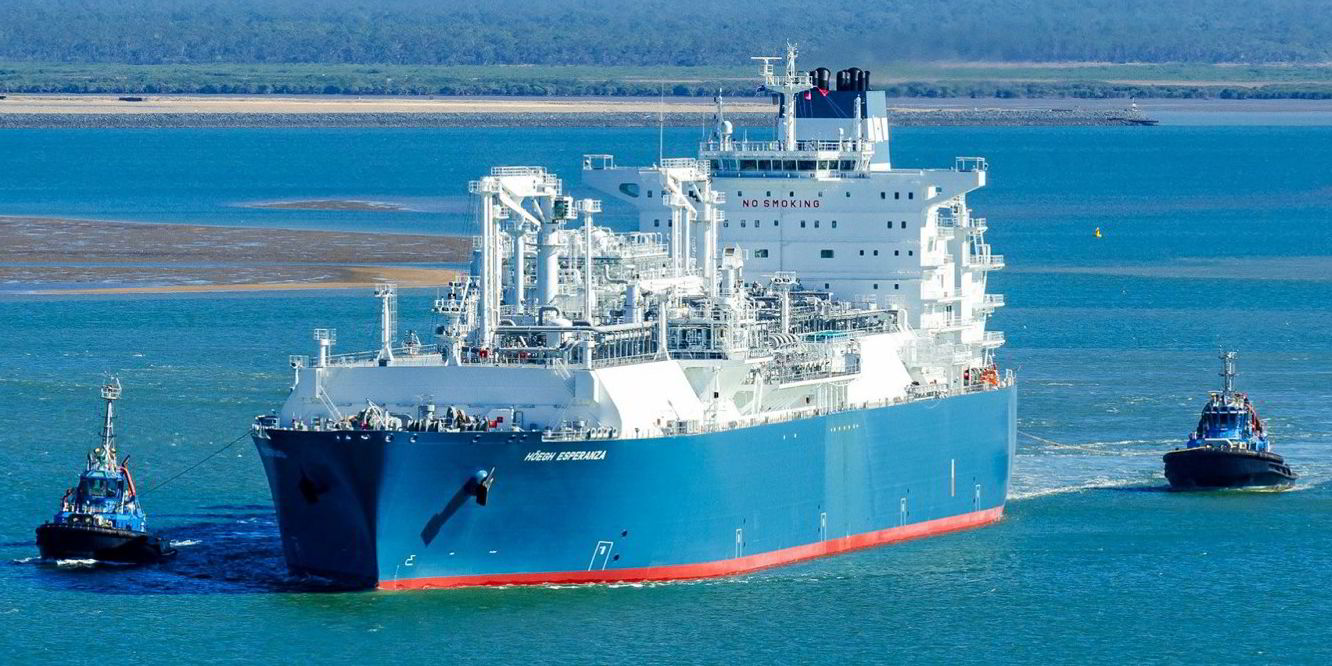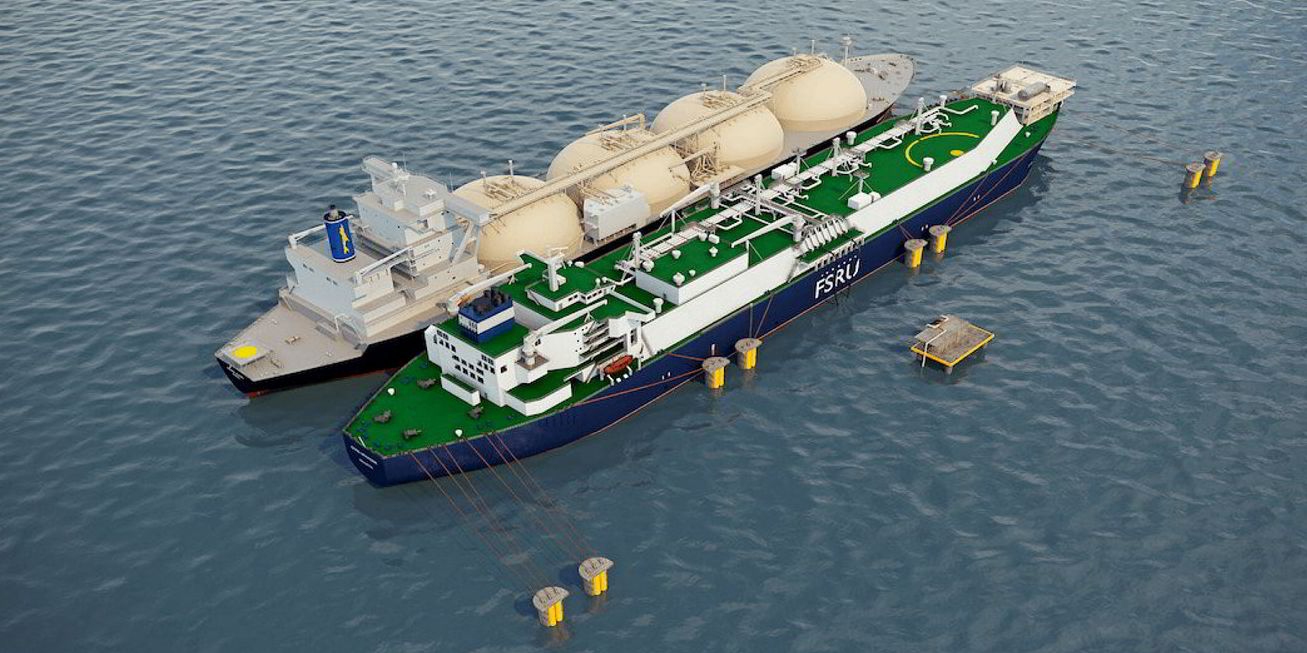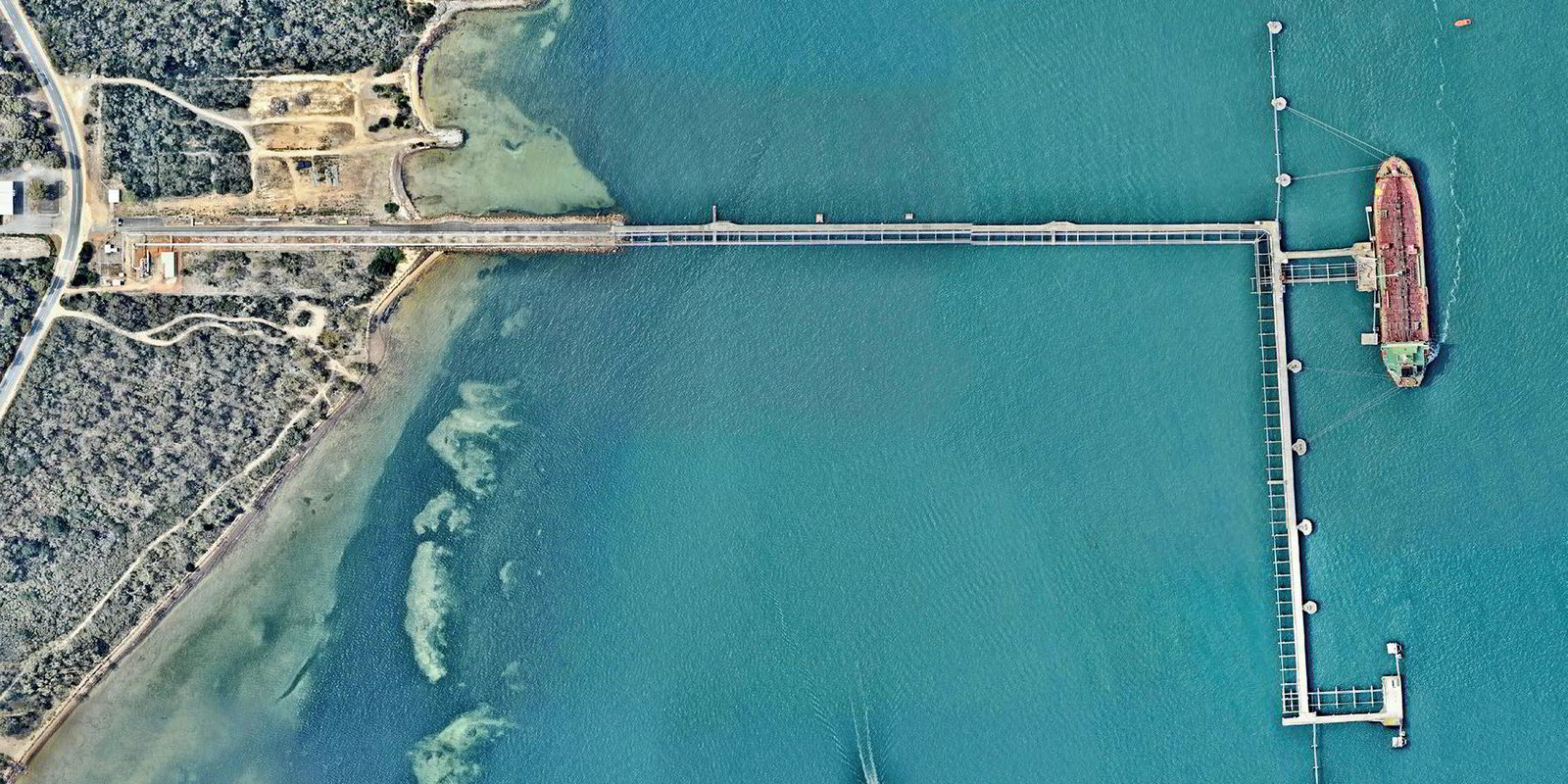A plan to import LNG into Australia using a floating storage and regasification unit (FSRU) has been rejected due to environmental concerns.
The Victoria state government ruled against the project over concerns that the import terminal would “damage internationally recognised wetlands”.
The decision is said to be based on an environment effects statement produced by AGL Energy, around 6,000 public submissions, and a report into the findings of the statement by an independent inquiry and advisory committee.
“It’s very clear to me that this project would cause unacceptable impacts on the Western Port environment and the Ramsar wetlands. It’s important that these areas are protected,” Victoria state planning minister Richard Wynne said in a statement.
AGL said it is “reviewing and considering its position”, and that an update in relation to the impact on the project will be provided once the assessment was complete.
AGL estimated that total committed or incurred expenditure on the Crib Point project to date was around AUD130m ($99m).
Australia is the world’s largest exporter of super-cooled LNG, but domestic gas supplies face a shortfall as output declines from the Bass Strait fields.
AGL first proposed importing LNG to Australia in 2016, buts its plans were held up after opponents pressed for an extended environmental review, saying chlorinated, chilled seawater discharged by the FSRU could harm sea life and hurt tourism.
Hoegh LNG revealed in December 2018 that it had been selected to provide an FSRU for the project under a 10-year charter subject to a final investment decision.
The Oslo-listed company, which is currently the subject of a bid to take it private, has yet to comment on the rejection of AGL’s project.
Australian Industrial Energy (AIE), which is backed by domestic mining billionaire Andrew Forrest’s Squadron Energy, is now said to be in the driving seat to start importing LNG into Australia, with an FSRU-type terminal project at Port Kembla in New South Wales.
However, the AIE project's original Japanese joint venture partners — Marubeni and JERA— recently sold their stakes to Squadron Energy.
Earlier this month, Dutch terminal operator Vopak announced that it was looking to join the race to build an LNG-import facility in Australia.
The company said it was “investigating the feasibility” of developing a facility in Port Phillip Bay in the state of Victoria.
The company hopes to submit a proposal to the state government in the third quarter of this year, with the first imports after 2024.





